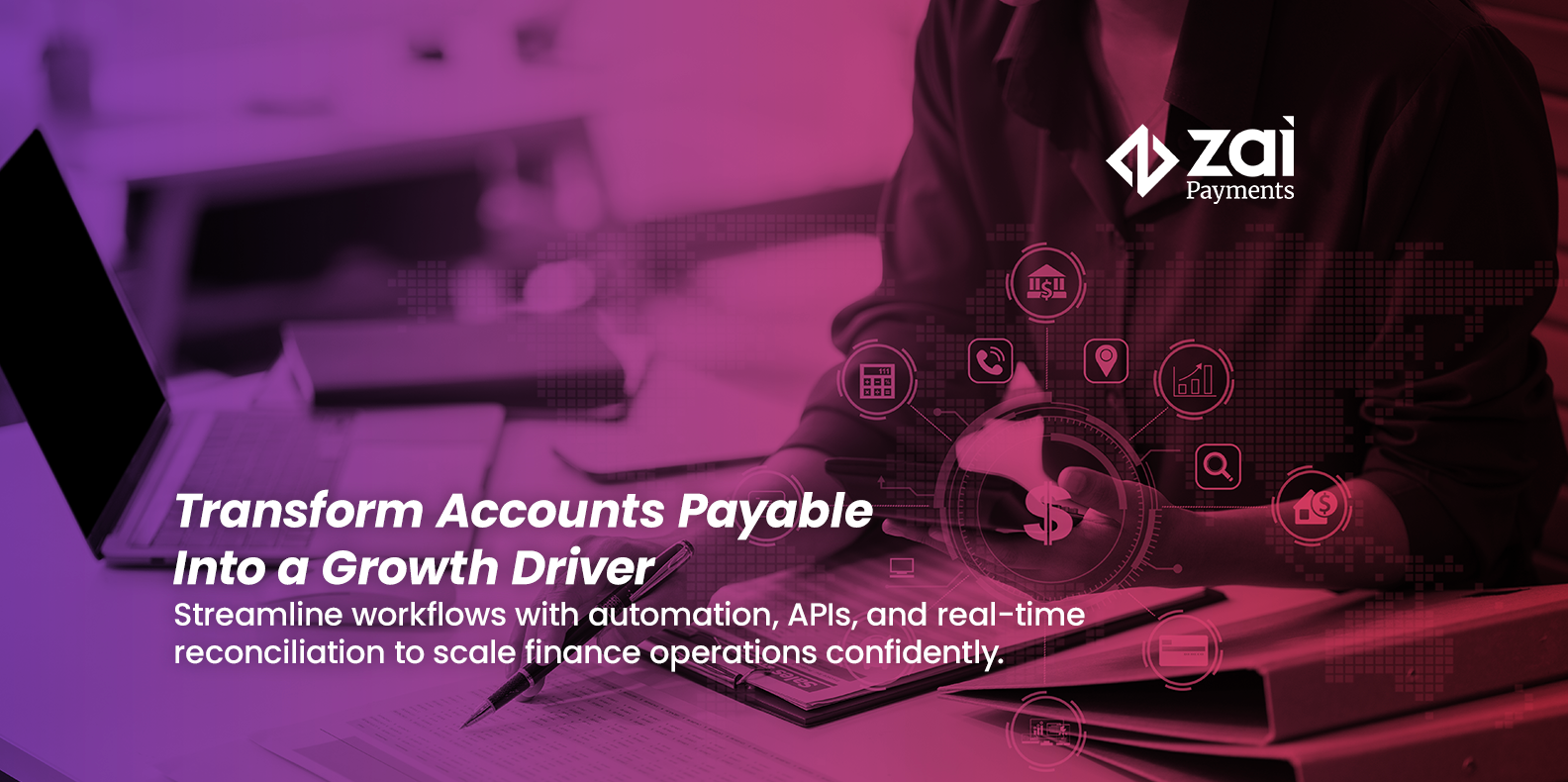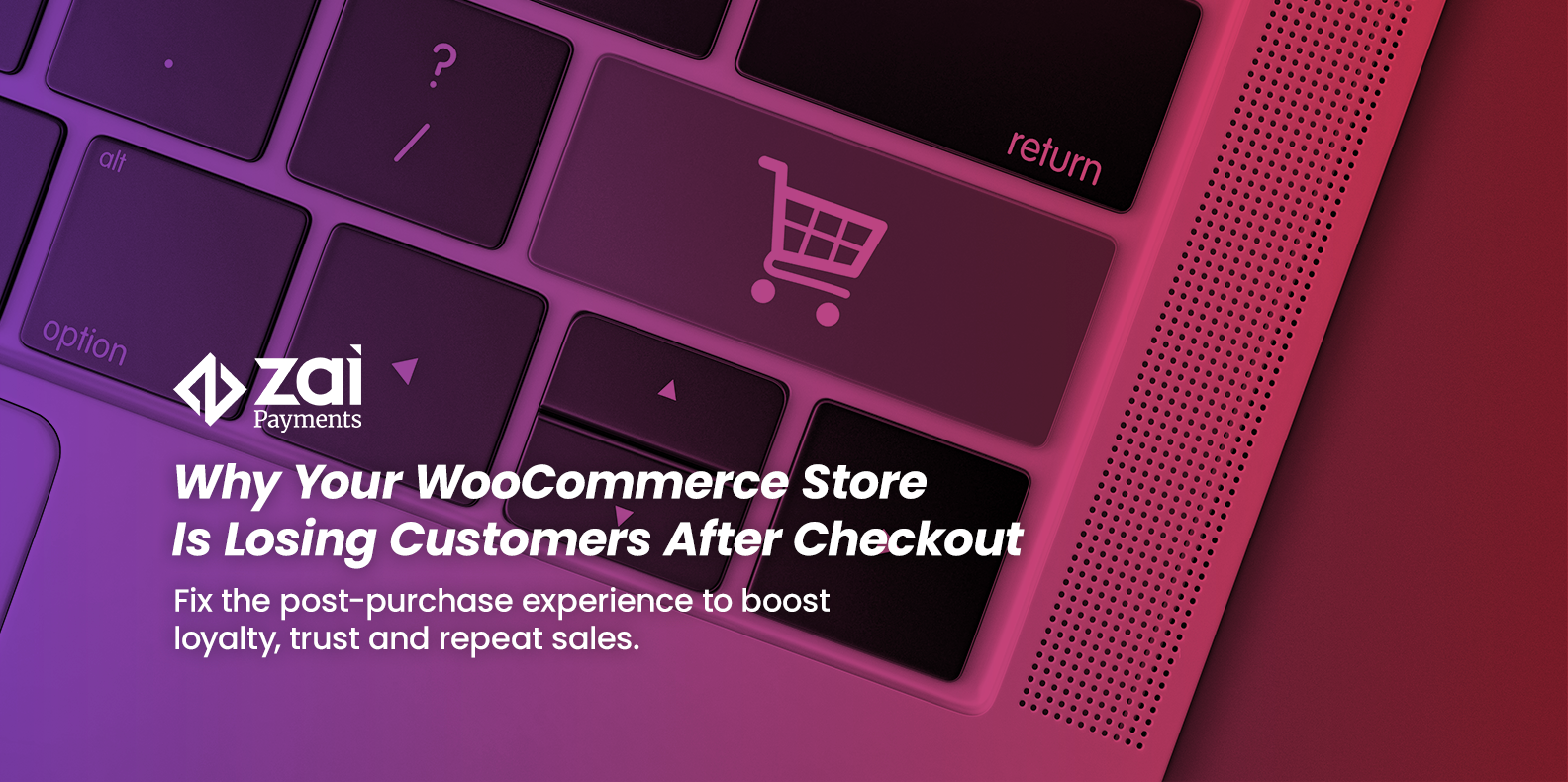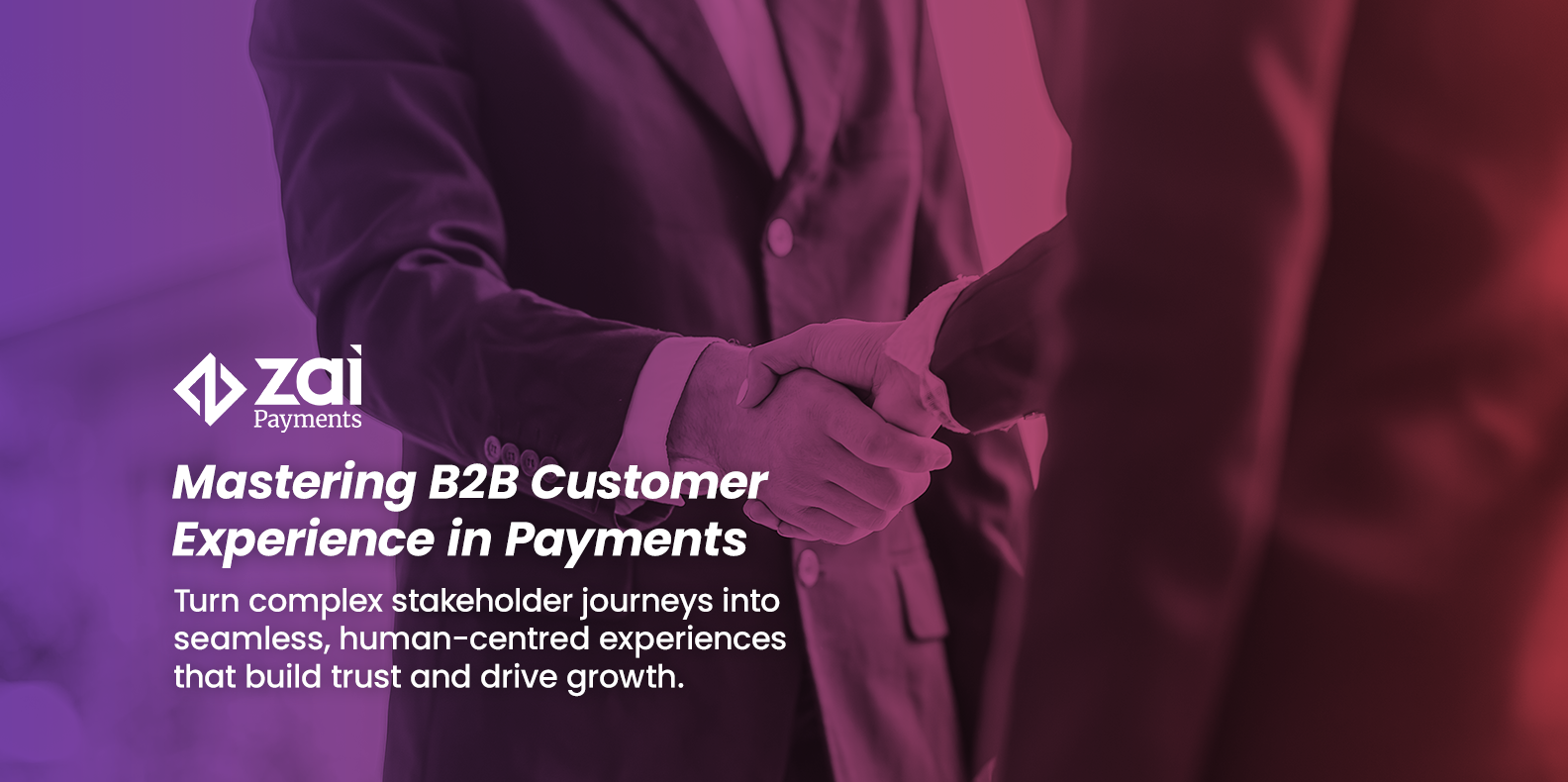Online platforms are complex and scaling a fast-growing platform comes with a unique set of challenges. For smaller businesses, a basic payments infrastructure handling a limited number of payment transactions is often adequate, but what happens should the business grow and demand increase due to a sudden influx of new customers?
This is why it’s important to plan your payments infrastructure with scalability in mind. If your infrastructure is only set up to meet basic requirements, then it could fail as the number of customers using it increases, or if you need to add extra functionality, such as a new payment method.
When developing a payments infrastructure, one of your biggest priorities should be your customers. It needs to work for them. Any bottlenecks, downtime or system failures could mean loss of revenue. The easier it is for them to pay, the more likely they’ll come back. Getting customers to make that first purchase takes most time and investment. After that, you’ve got to make it easy for them to come back and buy again.
Repeat customers tend to spend more when they make a second purchase, and more than half of those second-time buyers will come back to purchase again. Depending on your business model, you should be aiming for a repeat purchase rate of between 20% and 40%. Any lower and you should investigate where issues lie, as it could be due to a bottleneck in your payments infrastructure.
Here are four areas to focus on in order to make the payment process easy for customers, and perform better for your business.
Security - for you and your customers
For any online business, security is a major responsibility. It’s vital you safeguard user details and privacy when it comes to financial transactions, and comply with data and financial regulations wherever you operate. With the rules varying from country to country and being continuously updated, this can become complex.
For instance, under European Union law, the General Data Protection Regulation means technical requirements in terms of data retention periods, anonymisation, the restriction of data to employees and external parties and customer rights regarding the information you retain and the “right to be forgotten”. You’ll also need to take account of the know your customer (KYC) and anti-money laundering (AML) requirements.
If the rules change suddenly, or you choose to expand into a new market, then your payment infrastructure must be able to adapt. For instance, at the end of 2020, a revision of the EU Payments Service Directive (PSD2) caused many businesses to worry that the introduction of Strong Customer Authentication (SCA) would lead to abandoned carts and lower conversion rates. This highlights the importance of having a payments system that can adapt quickly when needed.
Data storage - space to grow
Demand can be unpredictable. Should a surge of business cause users to compete for resources and data bandwidth, will you have the power or storage capacity to accommodate? Your business plan should give you a reasonable idea of how many customers you expect to be carrying out transactions at any particular stage in your business growth roadmap, however, you will also need to plan for headroom for periods when demand surges.
Right-sizing, the process of balancing your infrastructure capacity and workload requirements, will also depend on your business model. Businesses that handle a few high volume transactions, or a limited number of customers, won’t need the same storage capabilities as high traffic systems with a large volume of small transactions being made by many customers. For online platforms, cloud solutions are ideal, as they can be cost-effective, flexible, and agile, giving you the capacity to handle sudden spikes in demand. Many also have integrated back-up and fast disaster recovery capabilities.
Downtime - be prepared
The last thing you want is your system going down during periods of peak demand. More than half of all customers that leave the platform as the result of a failed payment do not return, meaning the loss of repeat business and valuable revenue.
But avoiding downtime isn’t easy when there is a complex network of entities involved in the journey that takes a payment from a customer’s account to your business account. From hardware malfunction to an Internet connection going down at some point in the chain, an outage doesn’t just result in a loss of revenue, it means having to deal with customer queries, complaints and refunds, taking valuable resources away from business generating activities.
Integrate contingency plans into your infrastructure for when systems do fail. Payment failures can occur at a number of points along the journey from the customer’s bank to your own. Identify where problems commonly occur and partner with alternative service providers to have back-ups in place to solve bottlenecks. Using a payment processor that can route transactions to multiple payment processors, for instance, can significantly reduce downtime.
Put plans in place to reach out with customers who experience problems. Use tools such as email, site modals, social media or blog content to communicate then reinforce messages and ensure customers understand their options available if a payment method fails. A webpage advising on the operational status of your systems can also alert customers to any service issues.
Performance - stay on top
Performance matters. Customers want payments to go through quickly and seamlessly. While that might be the case now, things can change, both as your business grows and the entities and technology that power your payments evolve. It’s important to keep pace with all of this.
Performance testing can help identify where problems lie. Testing software can help you thoroughly assess the functionality of various aspects of the system, especially when it comes to load and stress testing. That way, you can see how well your system performs as the number of users grows. This will help you predict issues before they occur in terms of bottlenecks, response time, or inadequate resources so you can devise solutions to prevent them happening.
Develop reporting systems to monitor the daily performance of your payments infrastructure and put a team in charge of optimisation planning to see how you can make best use of new technologies and to review the impact of any software updates.
Let Zai do the hard work for you
Clearly, there are a lot of technical issues to consider when it comes to putting the right payments infrastructure in place. Not every business has the expertise or resources to handle it all, so working with an external partner is the ideal solution to make sure your payment infrastructure is fit for purpose now, for your future roadmap, and for the unexpected.
The key to getting it right is application programming interfacing (APIs) automation. API automation allows you to customise your payment flows, reduce complexity, and scale, when needed.
It’s only through a combination of solid research and planning that you can design a strong payments ecosystem for connecting customers and partners. It’s a good idea to involve your payment provider in the planning process, so together you can explore the best options for the business. Working with an experienced payments provider such as Zai can significantly accelerate deployment and help identify the best API tools for a robust payments infrastructure that will work for your business long into the future.
This information is correct and updated as of September 2025. This information is not to be relied on in making a decision with regard to an investment. We strongly recommend that you obtain independent financial advice before making any form of investment or significant financial transaction. This article is purely for general information purposes.



